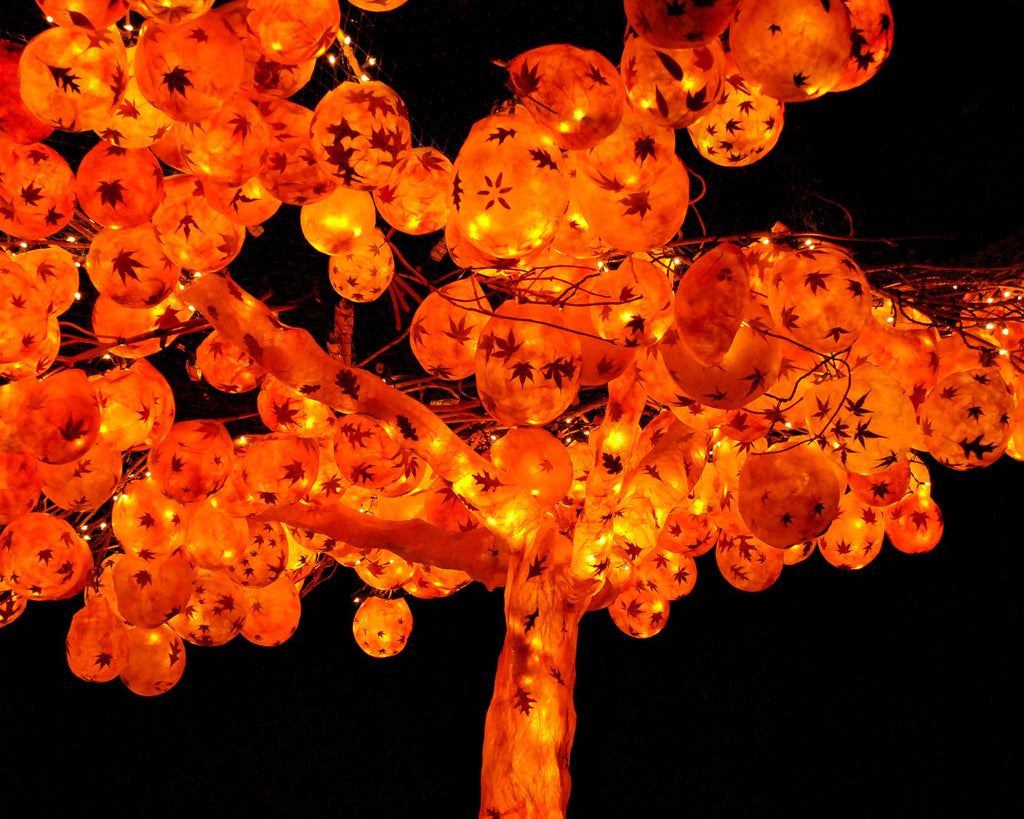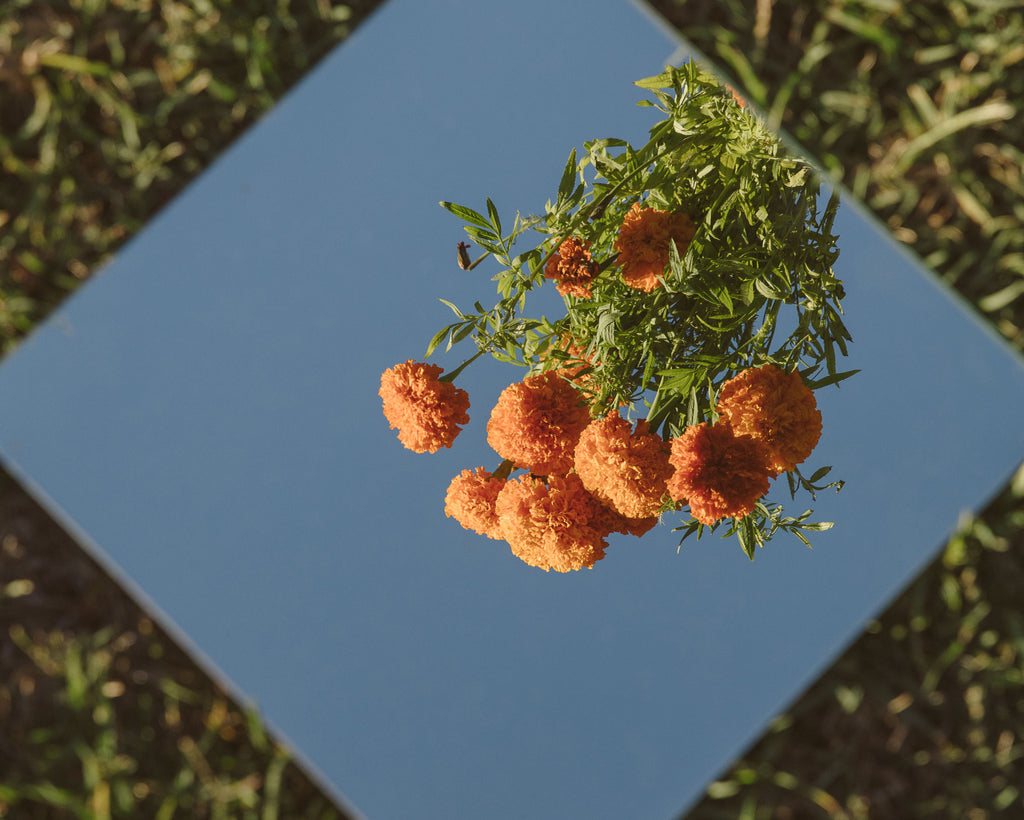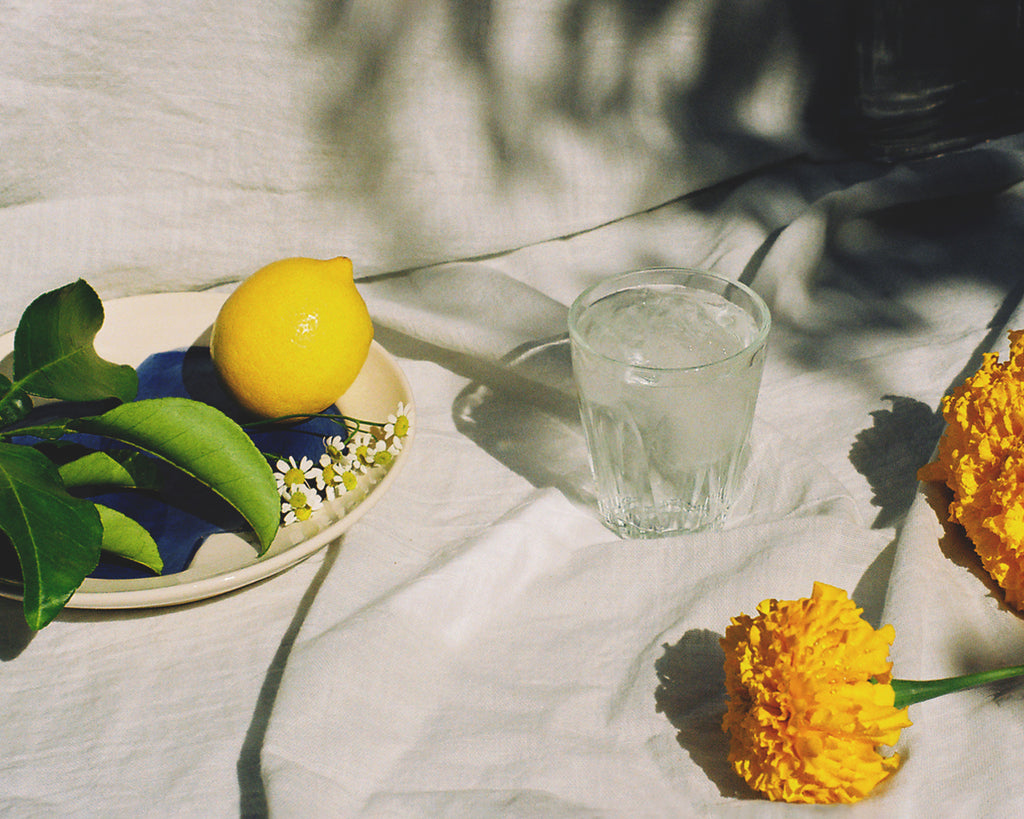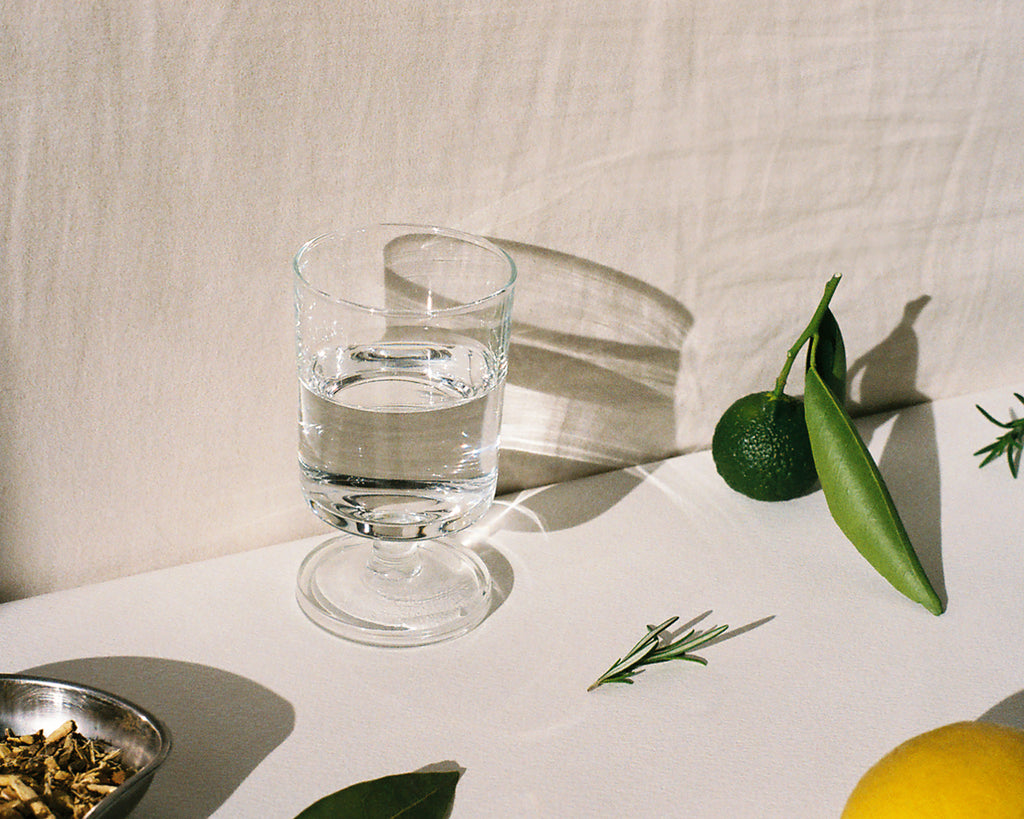A Witchy Winter Solstice
Here in the Northern Hemisphere, we’re just a couple weeks away from the Winter Solstice. While the Solstice is commonly understood to be the shortest day of the year, it’s actually a singular moment in which one of Earth’s poles has its maximum tilt away from the sun. In Pagan tradition, that moment is commemorated with a twelve-day long celebration called Yule that begins on December 21st and continues on through the lengthening of days.
Many Christmas traditions, like decorating an evergreen tree, hanging mistletoe, and burning a Yule log, originally stem from Yule customs. And like with Christmas, food historically played a large role in Yule celebration, as the Winter Solstice signified the last big feast before deep winter began and famine set in. Most wine and beer was ready for drinking at this time and cattle were slaughtered so they wouldn’t have to be fed through the scarcer months, leading to a surplus of fresh meat. It was a time of excess followed by pronounced scarcity, and while the Winter Solstice is no longer the foreboder of harder days to come, it is still celebrated by many.
These days, many modern witches skip the Yule log and twelve-day feast and instead partake in other festivities on the 21st. Forms of celebration vary and include (but are of course not limited to) the following: burning rosemary or incense, adorning the home with sacred herbs, reading tarot cards, building an altar, and taking salt baths to release toxins. AMASS’s self-proclaimed “gin witch” and Chief Product Officer, Morgan McLachlan, personally celebrates the seasonal shift by attending the Winter Solstice Lantern Festival with her family in her hometown of Vancouver. The festival, a community-based, nondenominational celebration for all ages, is intended to “illuminate the darkest night of the year with lanterns, fire, singing, drumming, music, storytelling, and dancing.” There are light-based art installations and a self-guided meditation ceremony in which participants silently walk through a labyrinth of light in order to release old attachments and envision new possibilities. It’s a beautiful way to celebrate the lengthening of days to come, and gives members of the community a reason to come together and party during the darkest, coldest time of the year.
Since prehistory, the Winter Solstice has marked the symbolic death and rebirth of the sun, which is why for many it’s an apt time to reflect and start anew. When McLachlan is unable to make it home to Vancouver for the Solstice, she celebrates here in Los Angeles by hosting a “casual coven” party with her fellow witches in which they light candles and meditate, focusing on the theme of rebirth and new beginnings. Regardless of ritual, that is the governing principle of the Winter Solstice for most who celebrate–to let go of any darkness from the previous year and set intentions for the lengthening of days to come.







